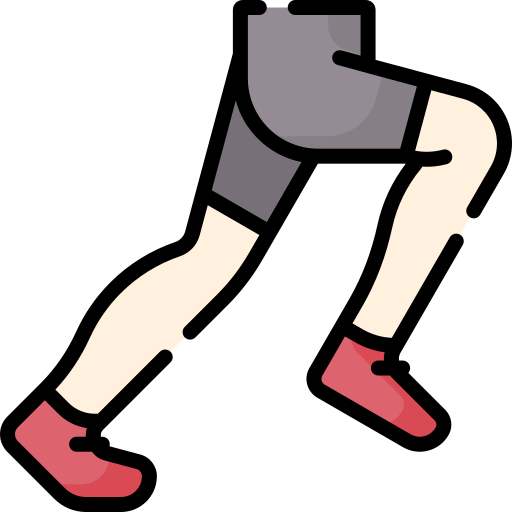Move your body to the left or right for a couple seconds, and then return to the starting point.
This poses a few challenges. Since this is only a single stretch that allows you to get into the stretch more easily, there won’t be enough weight bearing to fully open your hips. Secondly, once you start stretching, you may notice a small increase in your hip flexibility. This can present a challenge, because when you return to standing fully erect, your thoracic spine may begin to stretch more than your hips.

If your hamstrings are your primary hip flexors, this increase in hip flexibility may cause your thoracic spine to stretch to a degree that’s uncomfortable. These challenges are why the hamstring stretch needs to be combined with other movement patterns before you try to extend your hips fully. As soon as you have the stretch fully extended, there should be a complete lack of strength in your hamstrings or hip flexors, and when you return to the starting position, there should also be a lack of muscle activity in your hamstrings or hip flexors.
The squat is a very common movement pattern for all three patterns of movement — forward (or descending), backward (or ascending) and lateral (or varial) — but most squat patterns can be reduced to basic squat patterns, and they all require these three basic movements to be successfully executed. I’ve outlined all three basic squat patterns with illustrations. The forward squat — this squat movement can be described by the terms “descent” or “pulling down”. This pattern is used to descend or pull your body downward, either toward or away from the ground.
💥 🧘 🤸️
The movement should begin with one leg on top of a support surface (such as a bench) in the starting or starting position described previously, and one leg on the ground — both in the starting position described previously. There are two possible variations on the starting position. The top leg can be in an active position — standing on top of a support surface while the leg that is on the ground is fully extended — or both legs can be in an inactive position.